This video shows images of Jupiter’s moon Io in radio (made with ALMA), and optical light (made with Voyager 1 and Galileo missions). The ALMA images were taken when Io passed into Jupiter’s shadow in March 2018 (eclipse), and from Jupiter’s shadow into sunlight in September 2018. These radio images for the first time show plumes of sulfur dioxide (in yellow) rise up from the volcanoes on Io.
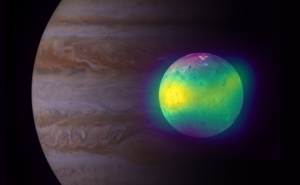
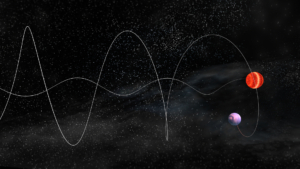
VLBA Finds Planet Orbiting Small, Cool Star
Using the supersharp radio “vision” of the National Science Foundation’s continent-wide Very Long Baseline Array (VLBA), astronomers have discovered a Saturn-sized planet closely orbiting a small, cool star 35 light-years from Earth. This is the first discovery of an extrasolar planet with a radio telescope using a technique that requires extremely precise measurements of a star’s position in the sky, and only the second planet discovery for that technique and for radio telescopes.
This artist’s illustration shows how the star’s motion around the center of mass between it and the planet causes a “wobble” in its motion through space. The VLBA’s ability to detect this minuscule effect revealed the presence of the planet.
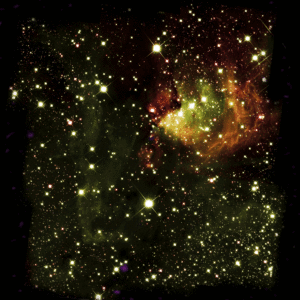
ALMA Mosaic Star Cluster (animated gif)
This animated gif shows the structure and motions (speed in direction towards the Sun) of gas in the forming cluster G286.21+0.17, as seen with ALMA (purple) on top of the infrared Hubble image. The color-scales from pink-purple to blue-purple represent the gas moving at different velocities, from 15km/s to 24 km/s. These motions are controlled by gravity, turbulence and wind and radiation pressure “feedback” from the new-born stars.
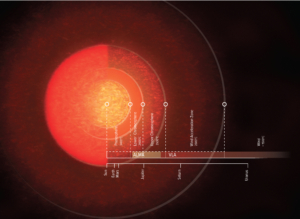
Antares Press Release Video
An international team of astronomers has created the most detailed map yet of the atmosphere of the red supergiant star Antares. The unprecedented sensitivity and resolution of both the Atacama Large Millimeter/submillimeter Array (ALMA) and the National Science Foundation’s Karl G. Jansky Very Large Array (VLA) revealed the size and temperature of Antares’ atmosphere from just above the star’s surface, throughout its chromosphere, and all the way out to the wind region.
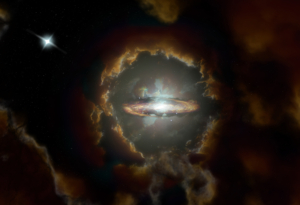
Wolfe Disk Press Release Video
In our 13.8 billion-year-old universe, most galaxies like our Milky Way form gradually, reaching their large mass relatively late. But a new discovery made with the [term]Atacama Large Millimeter/submillimeter Array (ALMA)[/term] of a massive rotating disk galaxy, seen when the universe was only ten percent of its current age, challenges the traditional models of galaxy formation.
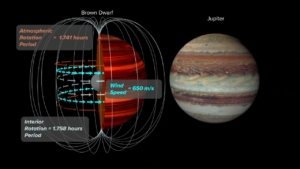
Animation: Measuring a Brown Dwarf’s Wind Speed
Animation illustrates the technique astronomers used to measure the wind speed on a brown dwarf 34 light-years from Earth. The rotation period seen with VLA radio observations differed from the rotation period seen with the Spitzer infrared telescope, and the difference allowed calculating the wind speed.





